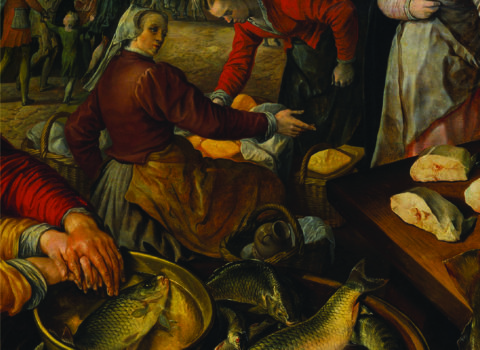#fasting
-
 March 25, 2021Fasting is not anymore what it used to beWe are in Lent, the forty-day period preceding Easter which according to Catholic norms should be characterized by fasting and abstinence. Often the two terms are used interchangeably, but it is wrong to do so.
March 25, 2021Fasting is not anymore what it used to beWe are in Lent, the forty-day period preceding Easter which according to Catholic norms should be characterized by fasting and abstinence. Often the two terms are used interchangeably, but it is wrong to do so.